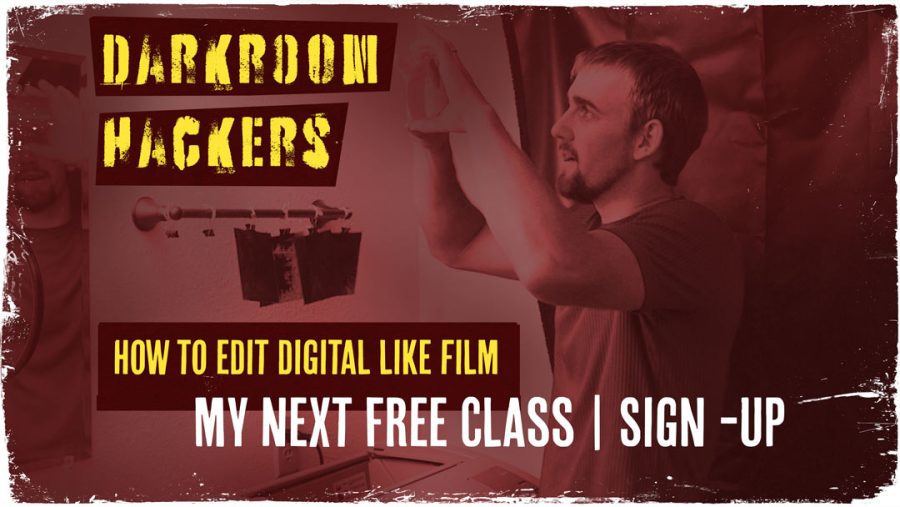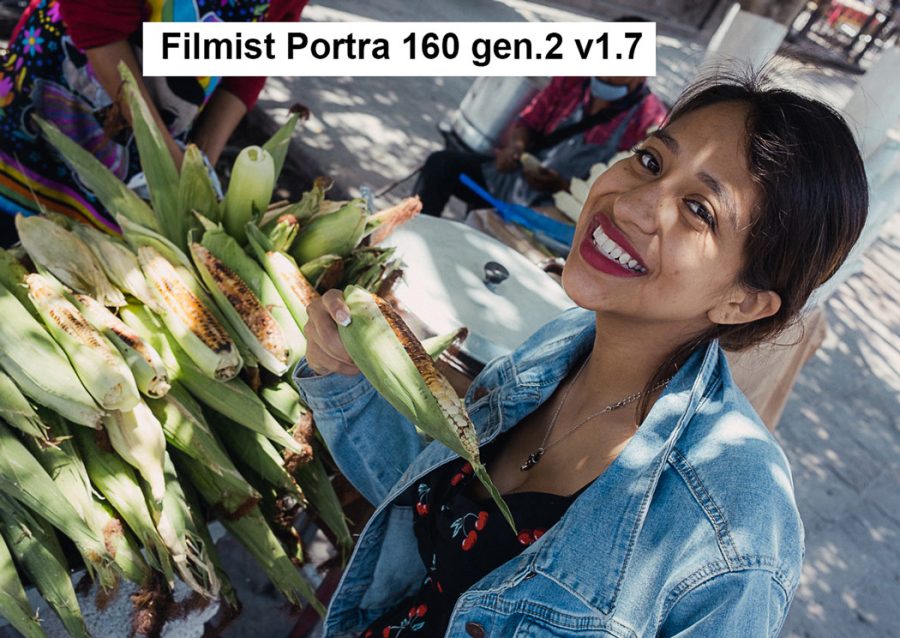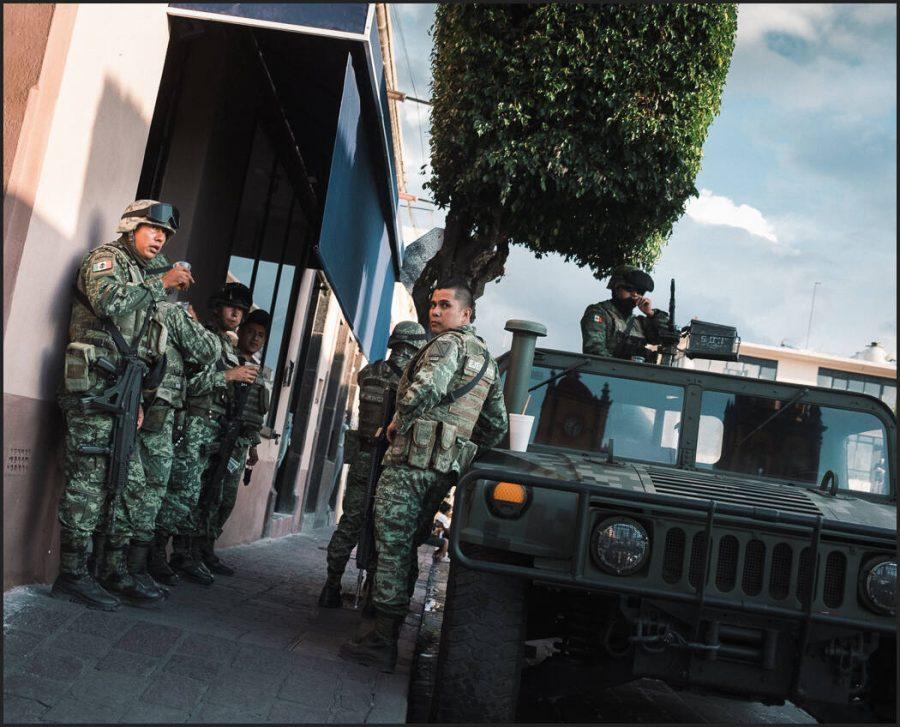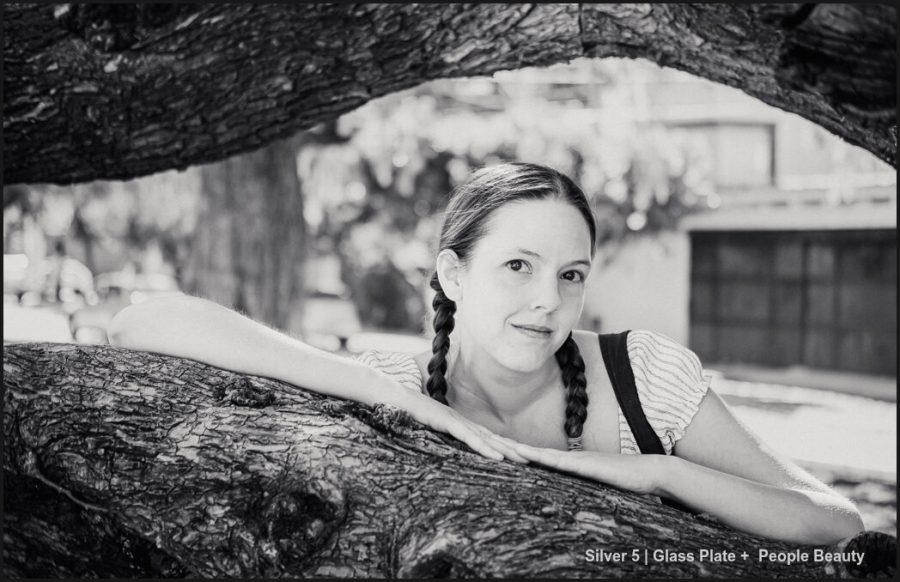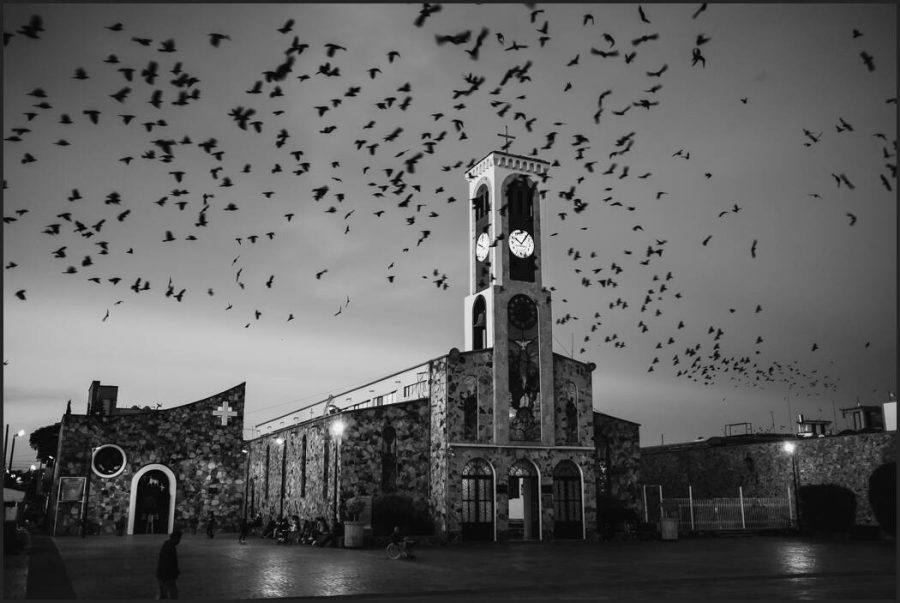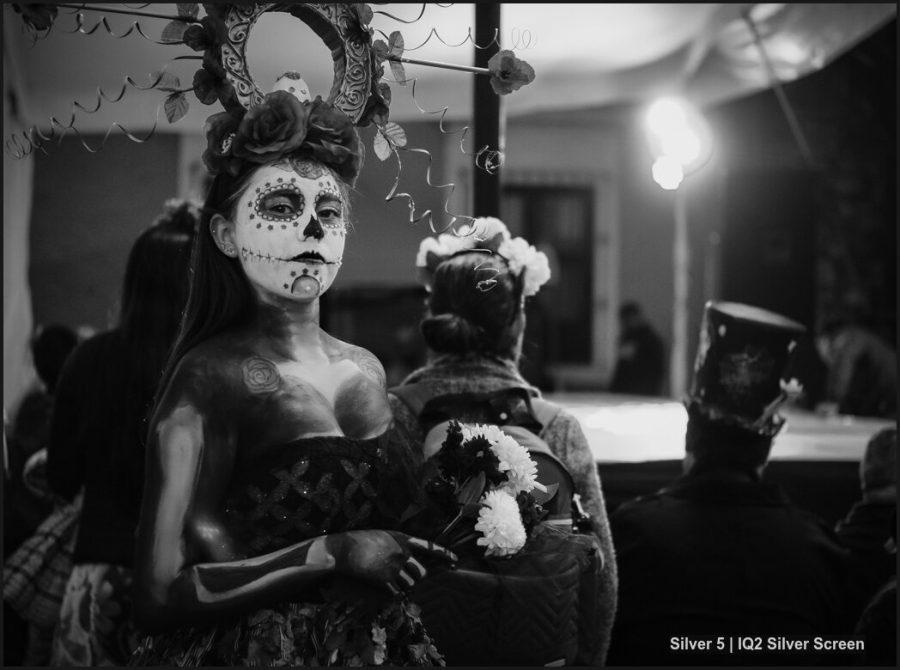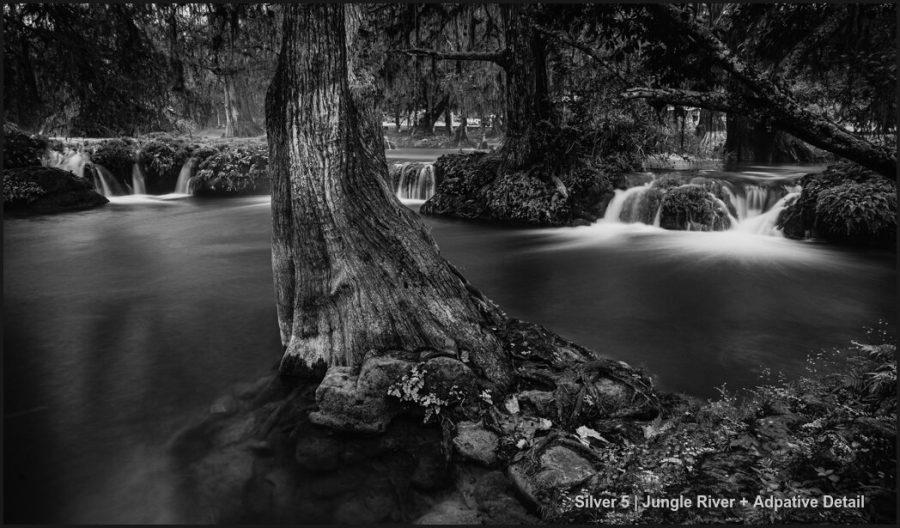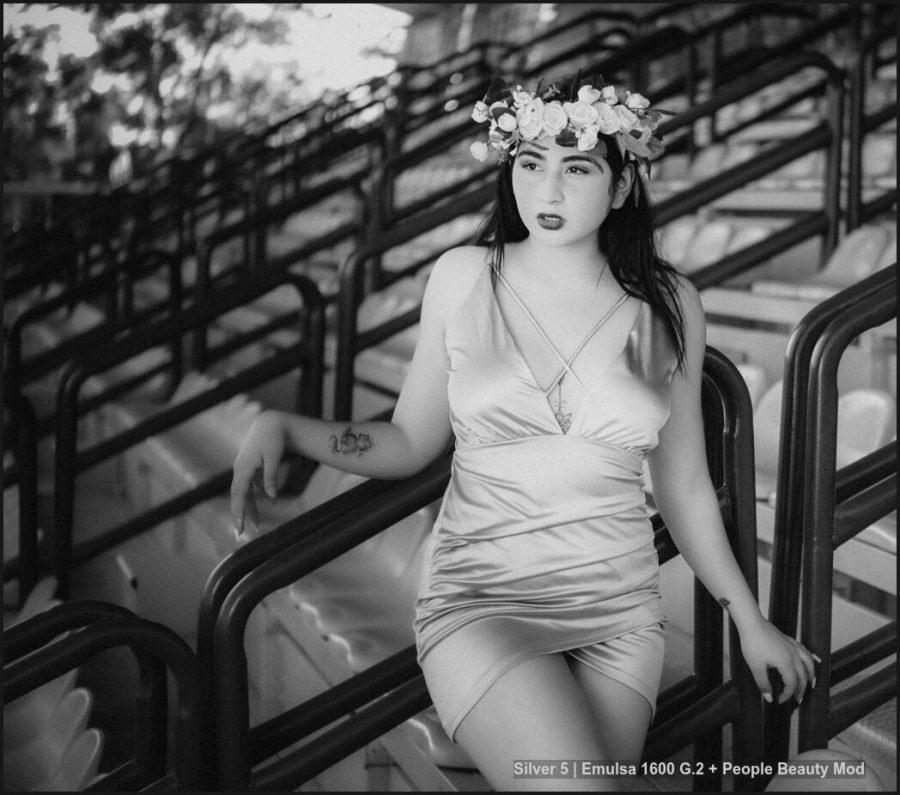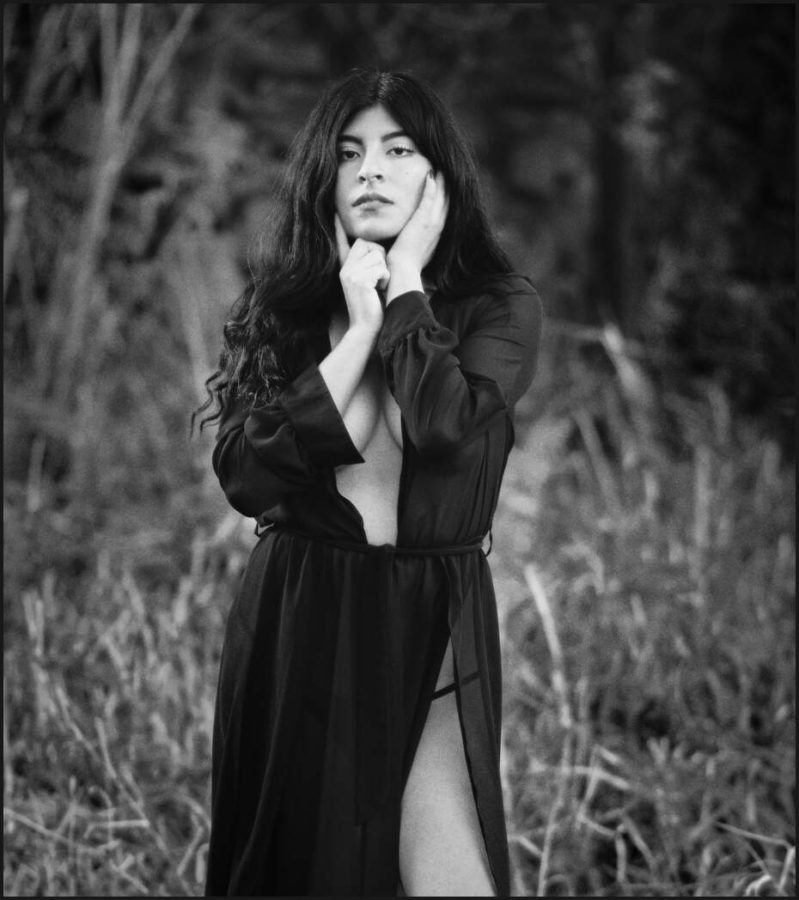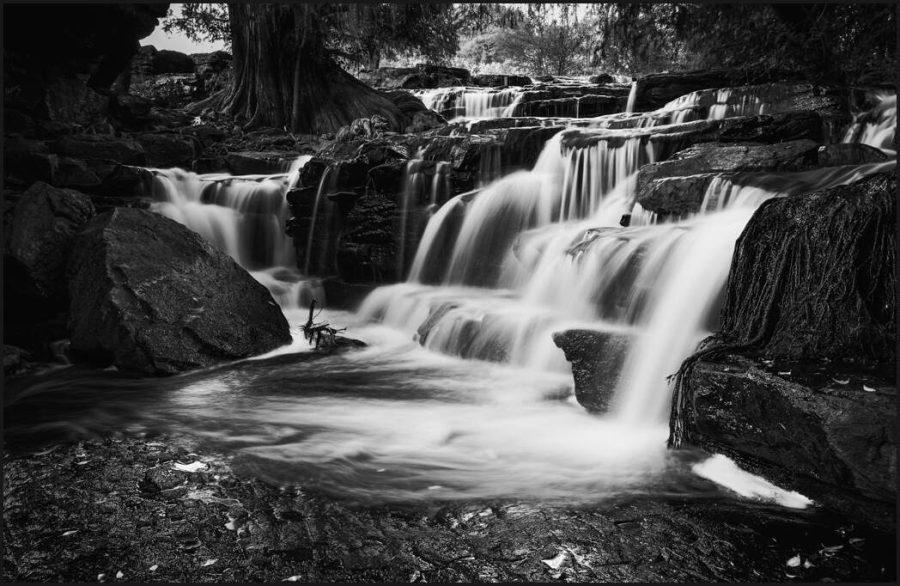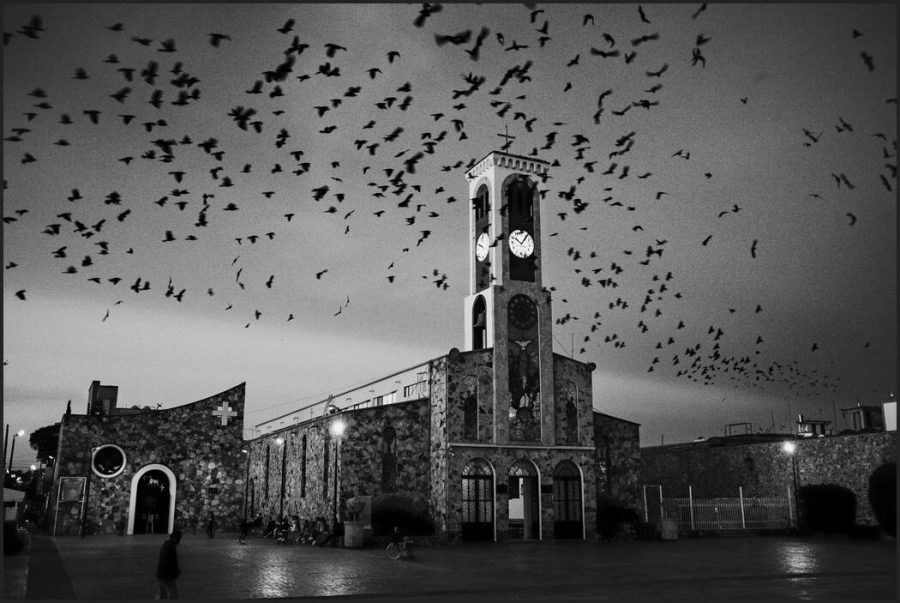Lightroom is a powerful black-and-white conversion tool. But RAW processors tend to focus on color tools and give us a few simple sliders for black-and-white conversions. The secret to black and white is how to mix all the little things to make the shadow magic.
Last month I launched the Silver 5 presets, and in today’s video, I’m going to show you how to use Silver 5. But, along the way, I’ll reveal the secrets of what makes a great black-and-white in Lightroom, so you can use them no matter how you edit.
I’m going to use Silver 5 in today’s video and show you how it works But whether you use it or create your own method, these tips will still work.
If you use Capture One, I made a video dedicated to black and white with Capture One using the new Silver 5 styles. Watch it here.
Silver 5 brings over a decade of pushing to make black and white in Lightroom easier and faster. It takes the concepts I’m going to show you in today’s class and makes them easy by letting you #1 add a black and white base mix and #2 quickly modding it to get the right look for your visualization.
If you’re serious, Yes you do! Even if you don’t use Silver 5. Don’t let photo snobs tell you presets are for amateurs. The amateurs are the ones to get low-quality conversions because they are too lazy to get a good Lightroom preset in place that lets you start with a really good tone mix.
Do you really need presets for black and white?
You can do what I’m showing you if you make your own presets. But don’t ignore presets. I am featuring Silver 5 presets in this video, but this process of converting black and white using presets as a base rather than wasting time with a slow manual start will transform your black and white and your edits will absolutely improve. Don’t let any purist amateurs tell you different.
I’ll show you what I mean in the video as we explore how to use Lightroom presets to get black and white in Lightroom that is better than you have ever created before.
Lightroom has a tad fewer sliders than Capture One, but Lightroom has the advantage of Ai masking layers which despite not having as many sliders are generally more powerful than Capture one layers. You’ll see these integrated, especially inside the new Mod Kit presets that come with Silver 5.
The real secret to black and white in Lightroom is mixing the tone vs the channels of color with details in various ways. This can be done manually but in reality, you won’t try enough. It would take too long.
Silver 5 or perhaps your own carefully crafted presets are hundreds of hours of refining those sliders and let you test it on a photo in seconds to find the look that we were creating in your mind when you pressed the shutter.
Let me know what you think below – Gavin Seim

